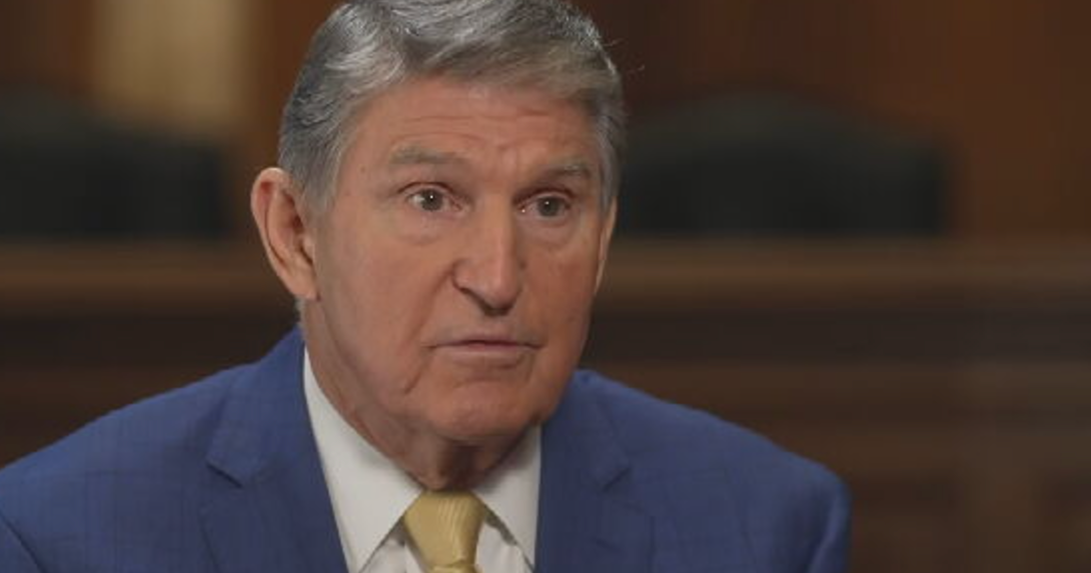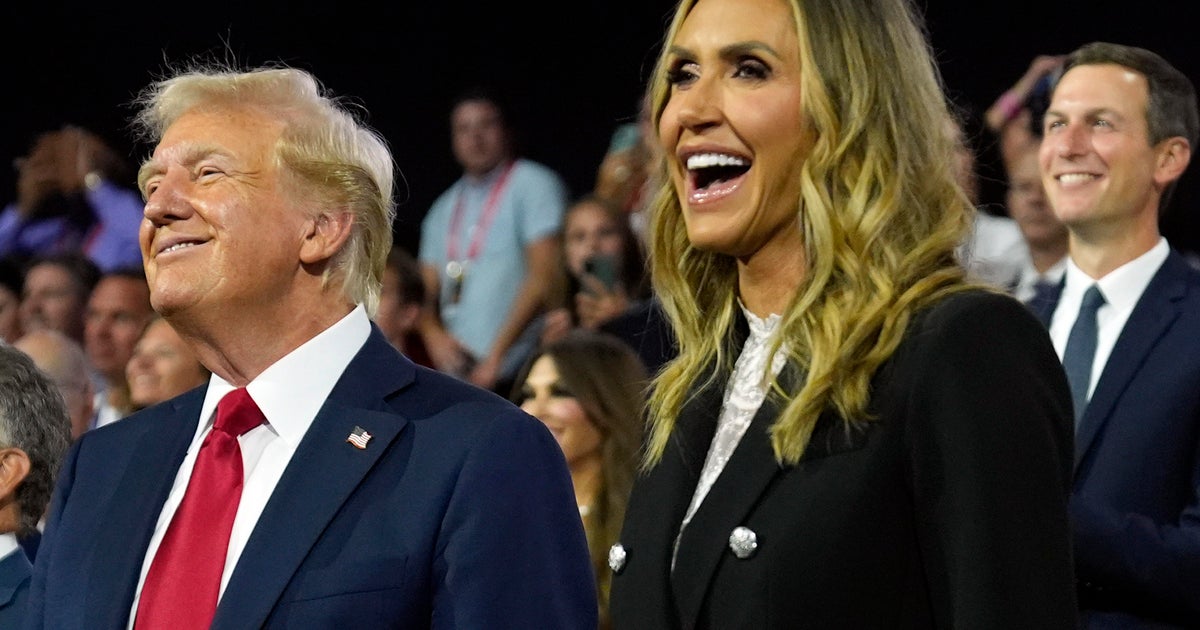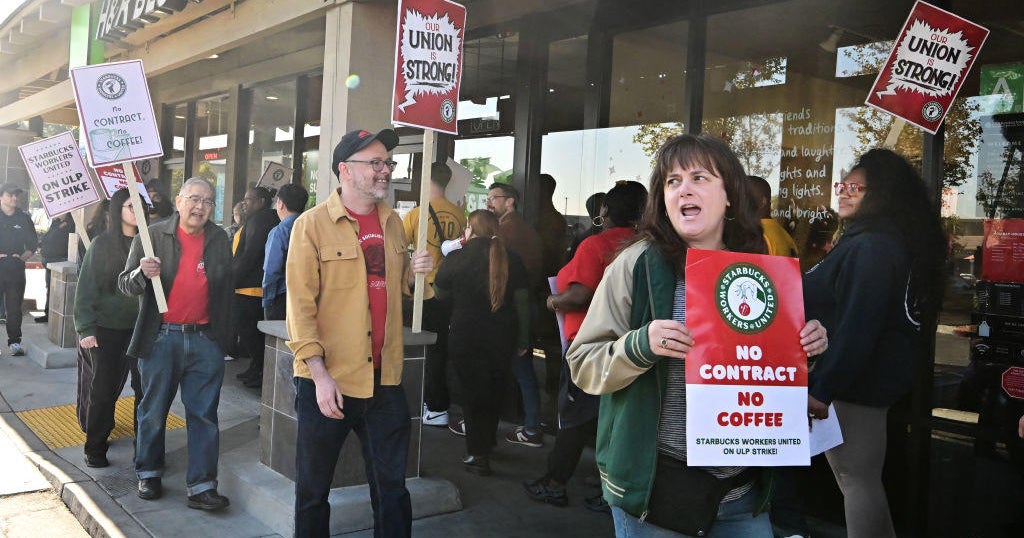India eases coronavirus restrictions even as cases surge
New Delhi — Since Friday, India has seen a new record number of confirmed coronavirus cases every day. The COVID-19 disease is spreading at a worrying rate, with a total of more than 42,500 cases and almost 1,400 deaths as of Monday.
But despite the grim statistics, the country allowed most businesses and services to reopen Monday, entering a third phase in the national lockdown strategy as Indians were warned it was time to learn to "live with the virus."
India was under a strict nationwide lockdown from March 25 until Sunday. Only essential services like health care and grocery stores were allowed to operate across most of the country during that time.
While the government officially extended the lockdown until May 18 on Monday, many of the restrictions have been relaxed significantly.
The federal government has created a color-coded classification system, based on the number of confirmed COVID-19 cases in India's 718 local districts. There are Red, Orange, and Green Zones, with the green being the least affected by the disease. In those districts, where there are no or extremely few confirmed coronavirus patients, life has returned almost to normal.
Several states have allowed non-essential businesses, including local shops, offices, construction sites and various services to resume in Orange and Green zones. People have also been allowed to resume use of personal vehicles in many areas, though all public transport, in the air and on the ground, remains shutdown across the country.
On Sunday, Chief Minister Arvind Kejriwal of Delhi, the state that includes the capital city and all of which is still a designated high-risk "Red Zone," gave some sense of how India might try to handle the pandemic going forward.
"We will have to be ready to live with coronavirus," Kejriwal said as he announced plans to reopen the sprawling capital. He's keenly aware of the fact that the lockdown has hit India's economy incredibly hard, stripping most of India's 450 million informal workers of their income.
"Traders and industries have been hugely affected… Delhi will not be able to bear this for too long. How will we pay salaries? How will the government function?" he asked.
His remarks may help explain why, even with the infection rate rising, large parts of India are being allowed to reopen. But with restrictions easing and people coming out in significant numbers, there's concern the virus will start spreading at an even faster rate.
The real number of coronavirus patients in the country is likely much higher than the official numbers show, as India is among the countries testing the lowest proportion of its population: With just over 1.1 million tests conducted in a country of 1.3 billion, that's only about 800 tests per million inhabitants, according to data website worldmeters.info. The U.S., by comparison, has tested about 21,000 per million residents, and America is nowhere near the leader in that regard.
Outrage over stranded workers
The lockdown left millions of casual workers from small towns across the country — construction workers, electricians, plumbers, drivers, barbers, cooks, maids, and many others — stranded in big cities like Delhi and Mumbai.
Many were left not only without work, but without money to pay their local rents or even to buy food. Without public transport, tens of thousands fled back to their home towns, walking hundreds of miles on foot. Some died just trying to make it back home.
Tens of thousands of others decided not to risk such a trek, so they remained stranded in the big cities. The government finally started running special trains last weekend to get the workers back to their homes, but there's been outrage as the government is charging workers for the train tickets, which can cost up to $10 each.
Casual workers in Delhi and Mumbai generally earned between $3 and $10 per day, but as they haven' worked in weeks, most of their savings are long gone. Many now depend on help from charities just to survive.
The big opposition political party in the country, the Indian National Congress, has lambasted Prime Minister Narendra Modi's government over the train fares and has said it will pay for the stranded migrants' tickets.
"When our government can recognize its responsibility by arranging free air travel for our citizens stranded abroad, when the government can spend nearly Rs.100 crores [over $13 million] on transport and food etc. for just one public program in Gujarat, when the Rail Ministry has the largesse to donate Rs.151 Crores [over $20 million] to the PM's Corona fund, then why can't these essential members of our nation's fabric be given a fraction of the same courtesy, especially free rail travel, at this hour of acute distress?" asked Sonia Gandhi, leader of the Congress party.






